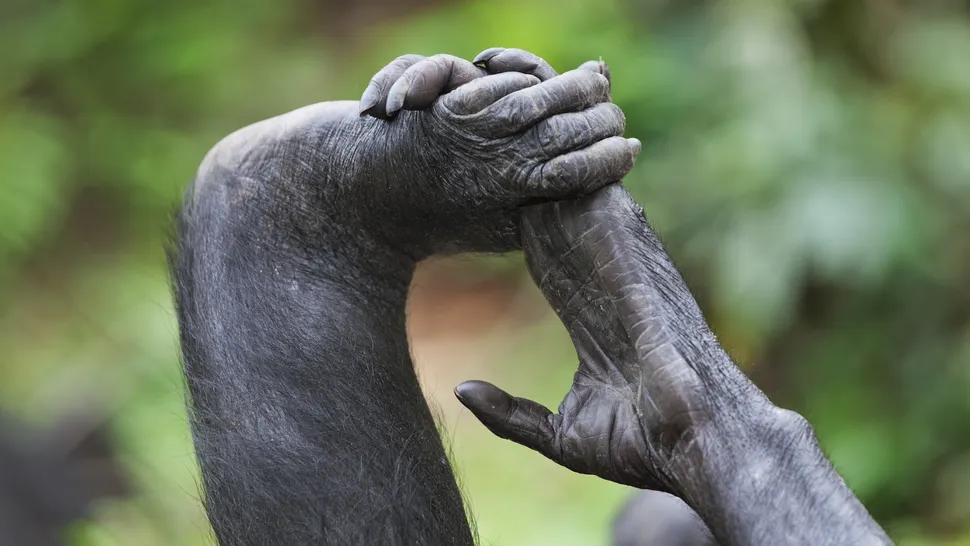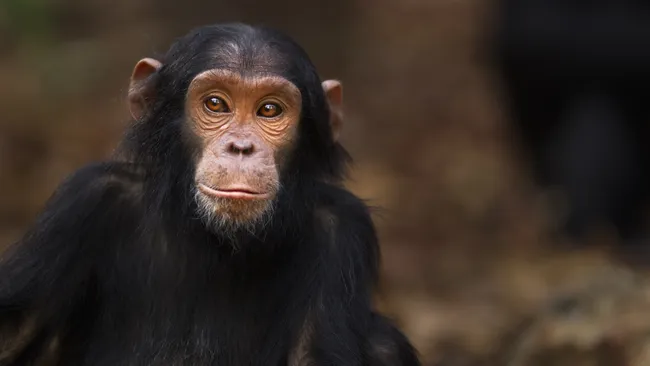Discover interesting facts about the origins of primates, what they eat, and if they have thumbs.
A Closer Look at Primates: Our Fascinating Mammalian Relatives
Primates are a remarkable group of mammals that include humans and our closest relatives—apes, monkeys, and prosimians such as lemurs and tarsiers. From the clever capuchins of Central America to the powerful gorillas of Africa, the diversity within this group is astounding. Even our extinct cousins, like the Neanderthals, fall under the primate umbrella.
These creatures are found mostly in tropical climates near the equator, thriving in lush forests from the Amazon to Southeast Asia. However, some, like the snow monkeys (Japanese macaques), have adapted to colder, mountainous environments and even snowy landscapes—showing just how versatile primates can be.
What truly sets primates apart from other mammals is their large brains relative to body size. This enhanced brainpower translates into advanced learning abilities, complex problem-solving, and strong social behavior. Many species form tight-knit social groups and communicate using vocalizations, body gestures, and facial expressions. Humans’ closest living relatives are chimpanzees and bonobos—some of whom have even learned to understand basic elements of human language, such as sign language and symbolic communication.
When Did Primates First Appear?
The origins of primates stretch back tens of millions of years. Fossil evidence shows that primate-like creatures began to appear between 66 million and 74 million years ago, although some scientists argue that early forms may have existed even 80 to 90 million years ago, sharing the planet with dinosaurs.
The earliest known primate fossil comes from an animal called Plesiadapis, which lived about 55 million years ago and resembled a modern lemur in size. Over time, these early primates evolved and branched out into different families. Prosimians, including lemurs and tarsiers, were the first major group to emerge.
Next came the monkeys. New World monkeys (such as howler monkeys and marmosets) evolved in South and Central America, while Old World monkeys (like macaques and baboons) took up residence in Africa and Asia. Interestingly, these groups are easily distinguished by their nostrils: New World monkeys have outward-pointing nostrils, while Old World monkeys have nostrils that point downward.

Apes entered the evolutionary picture later. Around 25 million years ago, apes and Old World monkeys split from a common ancestor. Then, about 17 million years ago, apes themselves diverged into two main groups: the lesser apes (like gibbons) and the great apes, which include gorillas, chimpanzees, bonobos, orangutans, and humans.

The evolutionary path that led directly to modern humans diverged from chimpanzees around 6 to 7 million years ago, forming a lineage that would eventually produce Homo sapiens.
How Many Primate Species Are There?
Today, there are at least 500 species of primates, though new discoveries continue to increase that number. Since 1990, scientists have described more than 130 new species and subspecies—a testament to the rich and still-unfolding story of primate evolution.
Prosimians, the oldest branch of the primate family tree, are small, wide-eyed creatures with excellent night vision. Most are nocturnal and arboreal, using their long tails and gripping hands to navigate treetops. This group includes lemurs, bush babies (galagos), lorises, pottos, and tarsiers.
New World monkeys—like capuchins, squirrel monkeys, tamarins, and howler monkeys—are native to Central and South America. The smallest primate in the world, the pygmy marmoset, lives in the Amazon rainforest and weighs less than a stick of butter.
Old World monkeys, on the other hand, are often more terrestrial and cannot use their tails for gripping. These monkeys include macaques, baboons, mandrills, and langurs.
Apes, the most intelligent group of primates, are divided into lesser apes (like gibbons) and great apes, which include not only our close relatives like chimps and bonobos but also humans ourselves. Apes are renowned for their social complexity, emotional depth, and tool use.
Do Primates Eat Meat?
Primates are primarily omnivores, though diets vary widely across species. Most eat a mixture of fruits, leaves, seeds, nuts, and insects, with occasional meat consumption. However, some species lean more heavily into carnivory.
Tarsiers, for example, are the only exclusively meat-eating primates, preying on insects, birds, bats, and lizards. Chimpanzees, while largely fruit-eaters, are skilled hunters. They have been observed working together to trap small antelope, birds, and even other monkeys—and they sometimes use tools like sharpened sticks or stones in the hunt. There are even rare instances of chimpanzees engaging in cannibalism, usually after an individual has died.
Bonobos, closely related to chimpanzees, also eat meat, feeding on small animals such as bats and birds. In contrast, gorillas and orangutans are nearly vegetarian, with meat playing a minimal role in their diet.
Even some monkeys get in on the action. Capuchin monkeys, known for their intelligence and tool use, have been seen eating lizards, frogs, and rodents—and occasionally using sticks or stones to catch them. Like chimps, some capuchins have also been observed eating deceased members of their own species.
Do Primates Have Opposable Thumbs?
One of the defining features of primates is the opposable thumb—a thumb that can touch the other fingers, allowing for precision grip and complex manipulation. This feature is especially well-developed in great apes, who use their thumbs and toes to grasp branches, manipulate tools, and groom each other.
Chimpanzees, orangutans, and gorillas all use tools in creative ways: chimps use sticks to fish for termites, orangutans use rocks as hammers, and gorillas use sticks to test the depth of water. Some chimps even chew up leaves to make a sponge-like tool for soaking up drinking water.
Most Old World monkeys also have opposable thumbs and are adept at using them to handle food or climb. However, in New World monkeys, the thumb is often less developed. Capuchins, for example, have “pseudo-opposable” thumbs that can move somewhat but not with the full range or strength of true opposability.
Some species, like marmosets and tarsiers, have non-opposable thumbs, which don’t allow for much grip precision. And others, such as colobus monkeys and spider monkeys, barely have thumbs at all. Instead, they rely on other adaptations: colobus monkeys use their hands like hooks, while spider monkeys use their prehensile tails as a fifth limb to swing gracefully through the treetops.
